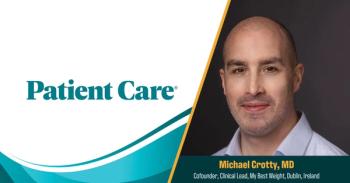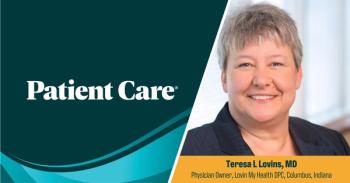
Experts discuss the utility of the STOP-Bang questionnaire as a simple, sensitive screening tool for obstructive sleep apnea (OSA) in primary care, highlighting its strengths and limitations, the importance of clinical judgment in interpreting results, and the value of complementary tools such as the Epworth Sleepiness Scale in supporting a comprehensive, patient-centered approach to OSA diagnosis and management.










